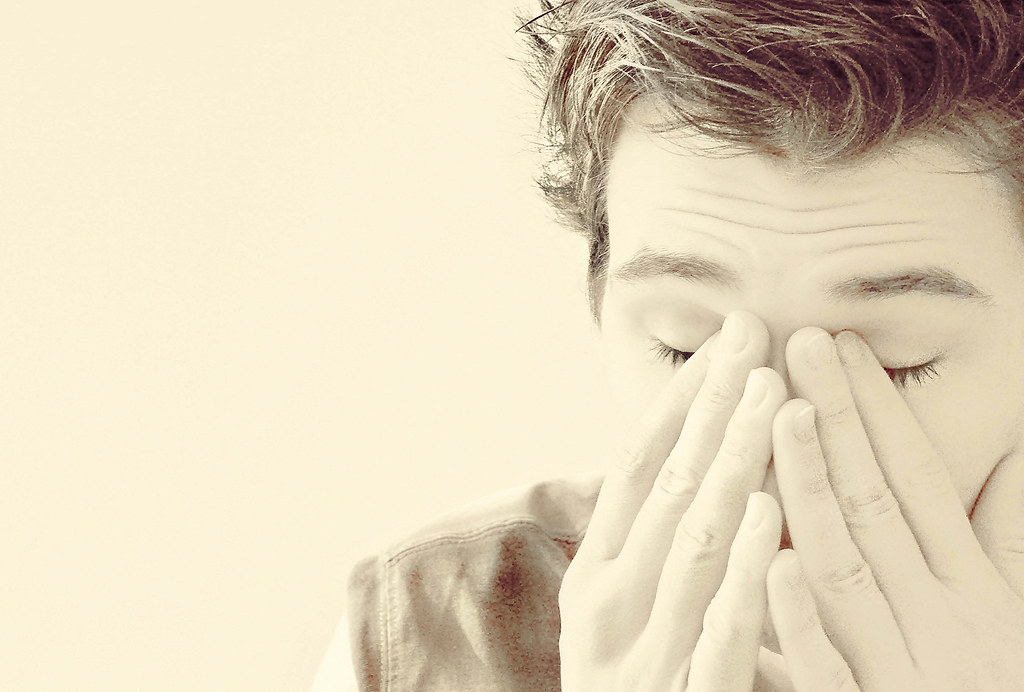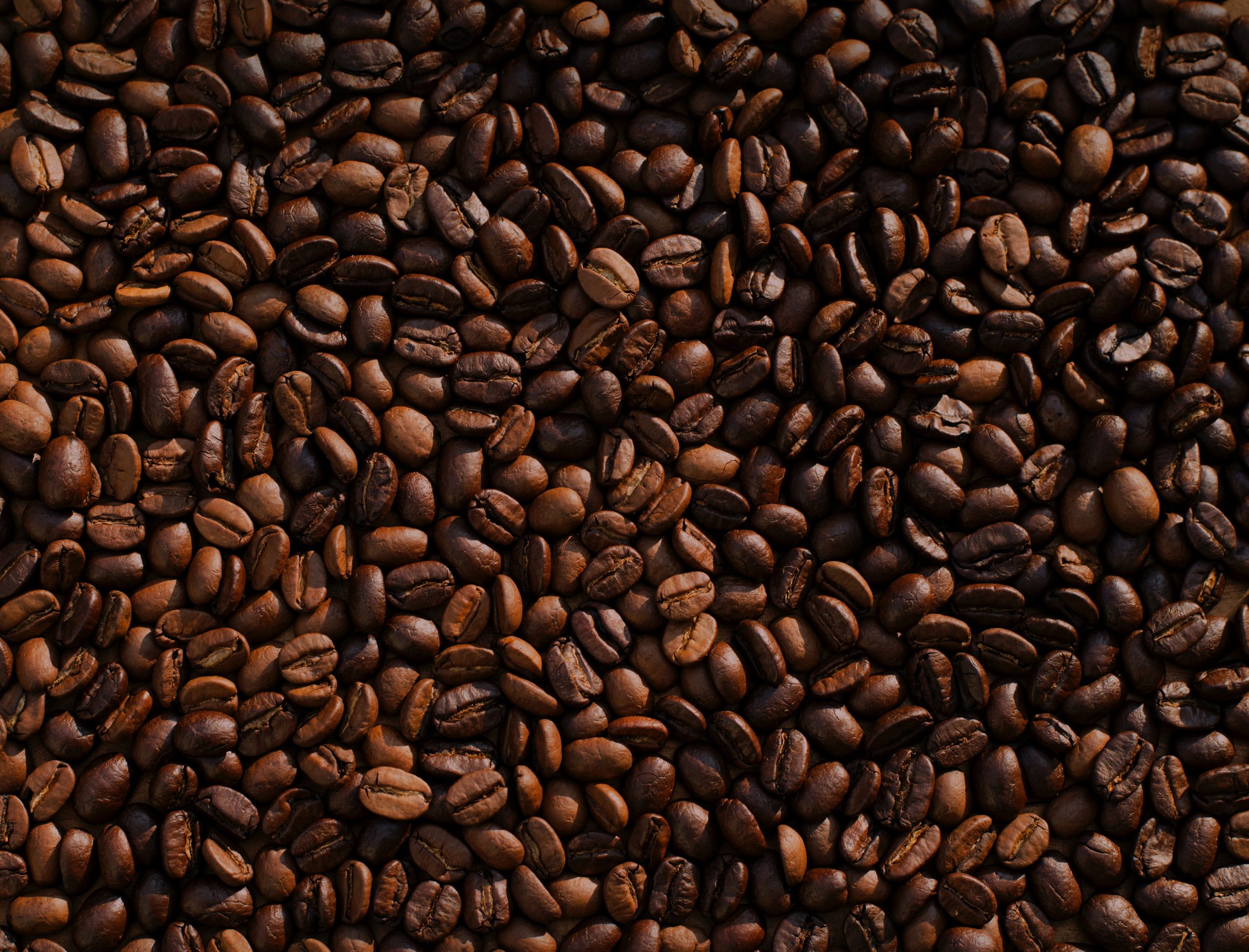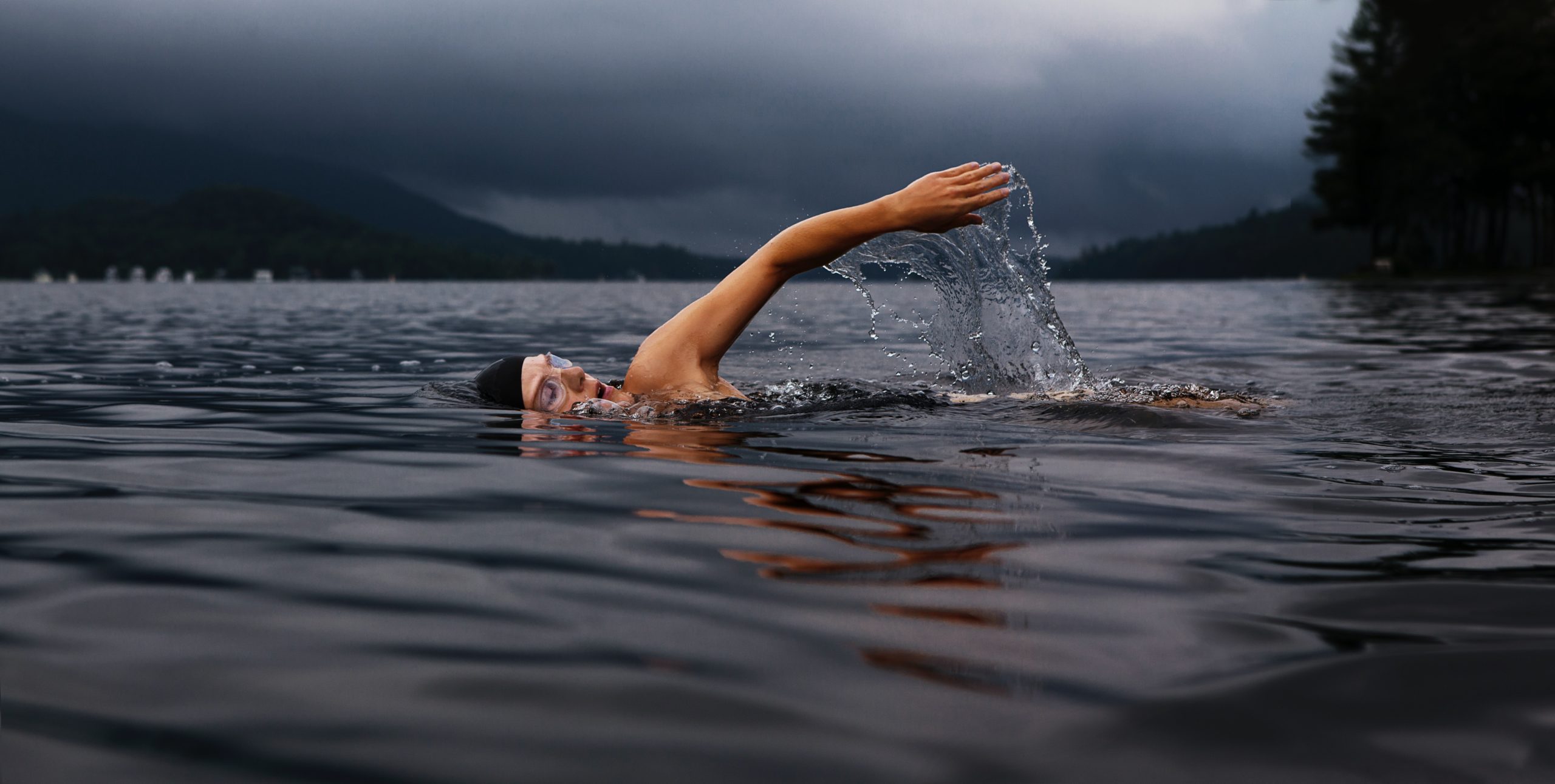You can not only master several new swimming styles, but also significantly improve your health and improve your physical fitness.
Summer and recreation on the water are inseparably linked concepts, and the growing thermometer outside the window only strengthens this connection. In addition, now is the perfect time to combine business with pleasure: you can not only master several new swimming styles, but also significantly improve your health and improve your physical shape. Tempting prospect, isn’t it?
Swimming is considered one of the most useful sports for a reason: active exercises in water help to develop coordination of movements, strengthen the nervous system, help get rid of excess fat deposits, improve metabolism, work of the heart and blood vessels, musculoskeletal system, increase strength and muscle endurance and at the same time do not harm the joints at all.
There are four main swimming styles – breaststroke, crawl, butterfly and backstroke. Having mastered at least a couple of them, you will add a big fat plus to your charisma and self-esteem, not to mention the fact that additional skills and talents are simply never superfluous.
Breaststroke
Breaststroke is chest swimming. Swimmers practicing this style must follow a few basic rules: hand strokes should be simultaneous and symmetrical, just like kicks (frog kick). In addition, the legs cannot be taken out of the water, and all movements must be carried out strictly in the horizontal plane. The legs are generally considered the main driving force in the breaststroke. The most important element in this style of swimming is gliding after pushing with your feet: if there is no slip, the speed becomes slower and the expenditure of energy increases significantly. If the movements are coordinated, the swimmer continuously moves forward at the highest speed and spends a minimum of energy.
Breaststroke is recognized as the slowest swimming style, but it has a number of undeniable advantages over other styles. So, swimmers have the opportunity to swim almost silently, swim under water, swim quite impressive distances and perfectly view the space in front of them.
After completing the stroke with your hands, you need to raise your legs and bring your arms out, and then raise your head to inhale. The swimmer should complete the inhalation before raising his legs, and begin to exhale in parallel with the start of the kick of the legs against the water, lowering his face into it. When turning or completing the distance, you must touch the wall with both hands at the same time. Starting, making the first stroke and push after the turn, the swimmers can push off with their feet only once and make a full stroke with their hands up to the hips, after which the head can be kept exclusively above the water surface. Also, the rules prohibit doing somersaults, vibrating, scissor and dolphin-like leg movements.
Breaststroke swimming is considered a rather difficult technique, and therefore do not forget that it is not recommended to master it on your own – it is better to find a professional trainer for this purpose.
Crawl
The crawl has a second name – freestyle, so named in the absence of any specific technique of execution. The swimmer can swim the distance in any way, arbitrarily changing them in accordance with his own wishes. The crawl was invented at the beginning of the last century: the Australian Richmond Cavill is considered its progenitor, who skillfully combined the over-arm style and alternating hand strokes.
The freestyle has earned the status of not only the most popular, but also the fastest among the existing styles. The crawl has a fairly simple technique of execution, its main driving force is the hands. It is necessary to swim on the chest, simultaneously performing two actions – the movements of the windmill (carrying out alternating long powerful strokes with the arms along the body) and kicks up and down with the legs in an upright position. In this case, the legs need to be slightly bent at the knees and relaxed so that the resulting tension does not cause cramps.
The most difficult moment in crawl swimming is coordinating your breathing while striking, because your face is almost constantly in the water. Carrying out one of the strokes, the swimmer needs to turn his head in the direction of the hand, which rises up out of the water – at this moment, a breath is taken. The head cannot be raised above the water, because the speed of movement slows down significantly: it must be turned so that the mouth is above the water. Taking a quick and deep breath of air through his mouth, the swimmer turns his head into the water and exhales through his mouth and then through his nose. After that, in parallel with the blow of the hand, you need to turn your head in the opposite direction and carry out the same actions. Breathing must be monitored: if it gets lost, both endurance and speed of movement will suffer.
Freestyle involves swimming under water for a distance of 15 meters (after the start and after each turn), and the rest of the time, some part of the swimmer’s body must constantly stay above the water.
Butterfly
Butterfly is characterized as a swimming style with the most difficult technique of execution. Athletes swim on their stomachs, synchronously making symmetrical movements with the right and left parts of the body: with the help of the hands, a strong wide stroke is performed – it helps to raise the upper part of the human body above the water. In this case, the legs and pelvis perform wave-like movements. During butterfly swimming, the torso is actively involved in the movement of the legs and helps to breathe in and carry out the arms above the water.
Swimmers are prohibited from swimming underwater, except for the first stroke after the start and each of the turns. In general, you can be only 15 meters under water at the start and after turning, and you need to touch the wall with both hands at the same time. Experts call butterfly the most energy-consuming style of swimming – athletes who practice it must be as hardy as possible and master the technique perfectly. This style is quite fast – it ranks second in speed after freestyle.
In addition, the butterfly is a relatively young technique that was born as part of breaststroke swimming experiments. Its founder is the German E. Rademacher, who invented this style in 1926. However, for the first time, the butterfly was used in competitions only in 1933, and was included in the program of the Olympic Games in 1956.
Backstroke
Backstroke is strongly reminiscent of the reverse crawl style. The technique of its implementation involves alternating strokes with the hands, but the arm should be extended straight above the water, without bending. In parallel, the swimmer makes alternating kicks up and down, and his face is immersed in the water exclusively during the start and turns. Backstroke is far from the fastest style, but it is still faster than the breaststroke. In addition, athletes start from the water; after the start and each turn, they are allowed to swim only 15 meters under water (as in freestyle). When turning, do not touch the wall with your hand.
In addition, there is also a complex swimming – a general view in which all four styles are combined. The swimmer can change his swimming technique every 50-100 meters, depending on the length of the distance. The latter is overcome in the following order: first butterfly, then backstroke, then breaststroke and crawl. Athletes who are engaged in complex swimming need to have a fairly good and versatile technical training, and therefore this style can be mastered only after having mastered the four previous ones.






